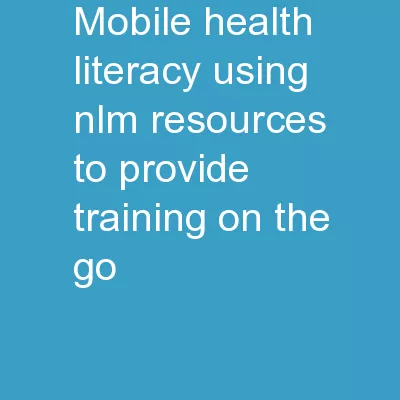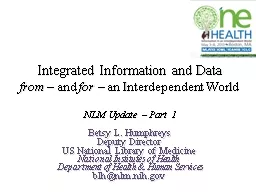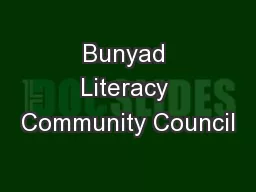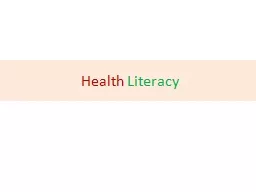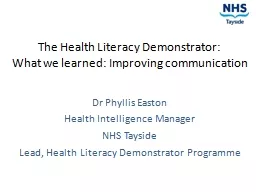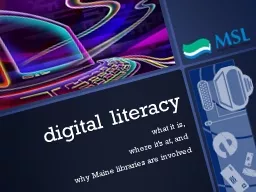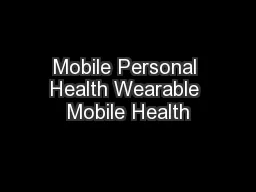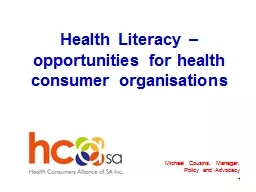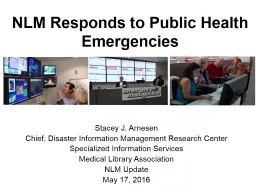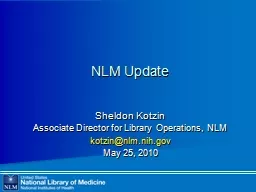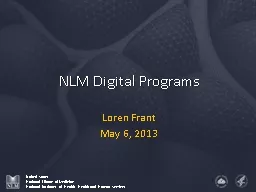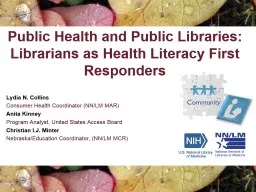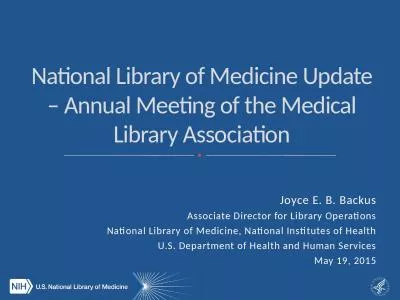PPT-Mobile Health Literacy: Using NLM Resources to Provide Training on the Go
Author : briana-ranney | Published Date : 2018-12-26
Keturah Cappadonia Outreach Consultant Southern Tier Library System Painted Post NY Hello I am Keturah Cappadonia I work as the Outreach Consultant for the Southern
Presentation Embed Code
Download Presentation
Download Presentation The PPT/PDF document "Mobile Health Literacy: Using NLM Resour..." is the property of its rightful owner. Permission is granted to download and print the materials on this website for personal, non-commercial use only, and to display it on your personal computer provided you do not modify the materials and that you retain all copyright notices contained in the materials. By downloading content from our website, you accept the terms of this agreement.
Mobile Health Literacy: Using NLM Resources to Provide Training on the Go: Transcript
Download Rules Of Document
"Mobile Health Literacy: Using NLM Resources to Provide Training on the Go"The content belongs to its owner. You may download and print it for personal use, without modification, and keep all copyright notices. By downloading, you agree to these terms.
Related Documents

